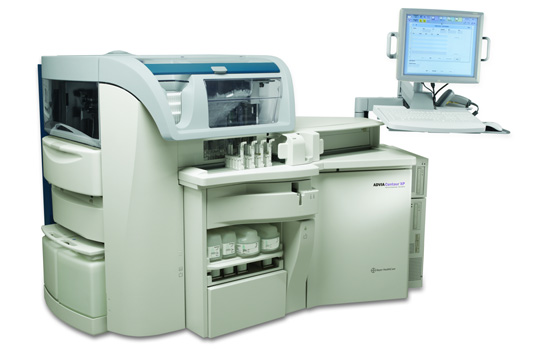Immunoassays form an important segment in diagnostics which majorly deal with analyzing antigen-antibody reaction. The spectrum of tests which can be analyzed using this technology are wide and analyzers under this technology form the backbone of clinical chemistry testing.

Principle of Chemiluminescence Immunoassay (CLIA)
In the presence of complimentary antigen and antibody, the paratope of the antibody binds to the epitope of the antigen to form an antigen-antibody or an immune complex. Estimating the levels of such immune complex by use of labeled antibodies form the basis of CLIA. It involves use of stationary solid particles coated either with the antigen or antibody of interest. Post incubation, which ensures intact immune complexes are formed, substrate is added. This results in generation of light, the intensity of which is directly proportional to the amount of labeled complexes present and which indirectly aids in quantification of the analyte of interest. The intensity of light is measured in terms of Relative Light Units (RLU).
The main advantage of this technology includes sensitivity and its ability to be unaffected by background signals. Also, the analyzers working under this principle are simple in design and operation.
Who should and why is testing essential?
Thyrocare being a major player in clinical biochemistry, and world’s largest for thyroid testing, analysis of all thyroid parameters along with many others are covered under this technology. The analyzers working under this principle in our lab floor include:
- Advia Centaur [Siemens]
- Immulite 2000XPi [Siemens]
- Architect i2000 [Abbott]
- EEE Modular [Roche]



